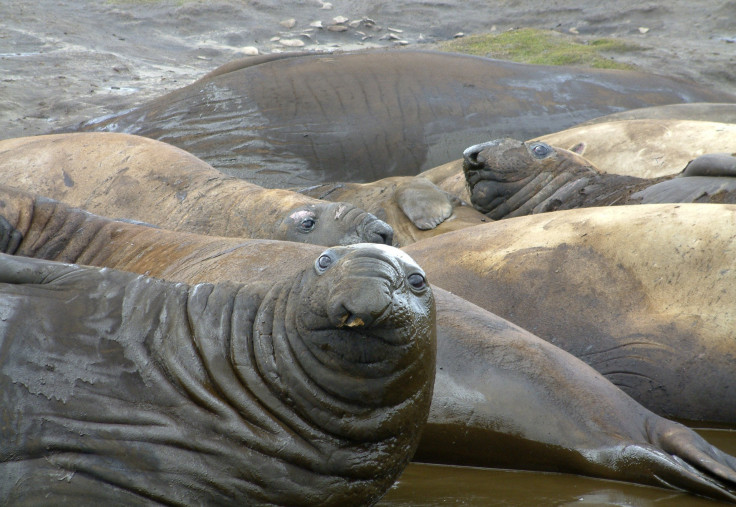Moulting elephant seals intensify mercury levels in coastal seawater: Study

The fur shed by elephant seals has been found to significantly elevate the concentrations of mercury in coastal waters, contaminating the coastal ecosystems, scientists claim. The food chain was linked to the process of boosting the most toxic form of mercury to be more concentrated on the marine environment.
The study, published in Proceedings of the National Academy of Sciences, shows that the mercury concentrations in apex predators can increase up to 1 million to 10 million times higher than the levels in seawater as the toxin passes through the food chain. The findings show that being a fish-eating predator, high concentrations of mercury were being accumulated in the bodies of elephant seals, and they offload the toxic metal by shedding their fur.
The marine environment is threatened by mercury because of its most toxic form, methylmercury, or MeHg. Researchers from the University of California Santa Cruz said that the elephant seals were the unrecognised source of mercury contamination in coastal waters.
MeHg is a potent neurotoxin readily absorbed and accumulates in the bodies of marine organisms. Scientists believe that the toxin can be passed through excreta and fur of the northern elephant seals.
Elephant seals undergo a "catastrophic moult" every year that they shed their entire outer layer of skin and hair. It was found that the levels of methylmercury significantly increased during the seasonal changes in the water, particularly during the elephant seal moulting season, according to co-author Russell Flegal, a professor of microbiology and environmental toxicology at UC Santa Cruz.
The team also found that compared to other coastal sites, the Año Nuevo State Reserve in California, where there is a northern elephant seal rookery, MeHg concentrations were twice as high during the breeding season and increased 17 times higher during the moulting season.
There were also high mercury concentrations in the moulted pelage at the area. “This internal recycling back into the coastal environment just adds to the problem," said study co-author Russell Flegal.
However, co-author Sarah Peterson noted that it is important to be cautious in trying to use the threshold for another species. The researchers are still unable to determine the effect of mercury concentrations to the elephant seals.
Analysing the neurological effects of mercury in humans is already extremely difficult, Flegal said, which indicates that it is almost impossible to study the effect of the concentrations in a wild animal population.
The researchers said that the amount of mercury in the marine environment has significantly increased because of the contribution of emissions from burning coal. For the next decades, according to Flegal, the global emissions are expected to continue to increase.
Contact the writer at feedback@ibtimes.com.au or tell us what you think below





















